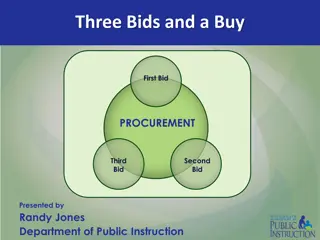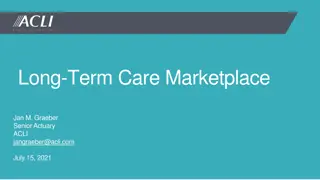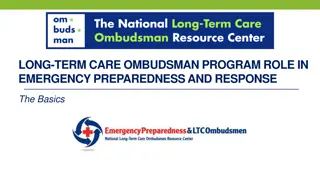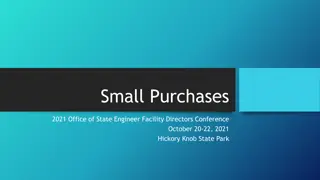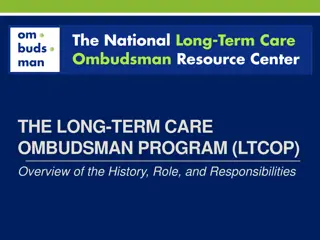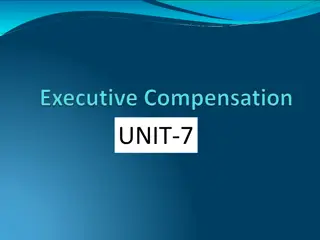
Long-Term Purchases and Financial Decisions
Learn about the importance of planning long-term purchases to make informed financial decisions. Explore concepts like opportunity cost, amortization, and depreciation to make smarter buying choices. Avoid impulse buys by calculating realized purchase costs, amortizing costs, and depreciating values. Use a simple four-step process to evaluate whether a purchase is worth the investment. Make savvy decisions based on cost analysis and value considerations, ensuring you get the most out of your money.
Download Presentation

Please find below an Image/Link to download the presentation.
The content on the website is provided AS IS for your information and personal use only. It may not be sold, licensed, or shared on other websites without obtaining consent from the author. If you encounter any issues during the download, it is possible that the publisher has removed the file from their server.
You are allowed to download the files provided on this website for personal or commercial use, subject to the condition that they are used lawfully. All files are the property of their respective owners.
The content on the website is provided AS IS for your information and personal use only. It may not be sold, licensed, or shared on other websites without obtaining consent from the author.
E N D
Presentation Transcript
Planning Long-Term Purchases Personal Finance Lab
Planning Long-Term Purchases 101 What A long term purchase is something that you hope to keep a long period of time. Some examples of a long-term purchase are a new phone, a stock, a car or a new TV the list is endless. Why It is important to plan long-term purchases because this will help you determine if it is worth purchasing. By going through this process you won t have any impulse buys that you regret and/ or waste money on.
Quick Terms Opportunity Cost If you choose to spend money on buying or investing in something, you can not use that same money on something else. This is especially important with long-term and bigger purchases because you are taking a large amount of money from something else. Amortization If you choose to purchase an item and you decide to spread the cost of the item over the items lifespan. This means that if you buy an $800 phone and use it for 3 years, you could count it as costing $266.67 per year. Depreciation This means that the value of every purchase you make will slowly go down over time. The new smartphone you purchased will start to get slower and less reliable.
The Process Step 1: Calculate Realized Purchase Cost Your Realized purchase cost will be the sticker value, plus the opportunity cost. New Phone $800 Used Phone $500 -$300 investment 8% for 2 year ($78 growth) = $422 Step 2: Amortize the Cost Your amortize is the cost over the phone s useful life. Our $800 phone costs $266.67 per year for 3 years. Our $422 phone costs $140.67 per year for 3 years.
Step 3: Depreciate the Value We know that an $800 phone will decay to $500 ($300), 37.5% within 2 years, or 18.75% per year. When you depreciate the value of a phone, you are not depreciating the money it costs you to buy you are depreciating the value you place on owning it. The Break Even point is when the cost of the phone is equal to how much you value the phone, including how much value it loses over time. New phone: $800.00 $650.00 = $150. $800 + $150 = $950Break-even point. Old phone: $422.00 $342.88 = $79.12 $422.00 + $79.12 = $501.12 Break-even point. Step 4: Make a Decision $950 $501.12 = $448.88 This means a smart shopper will go for the older phone, unless they can justify to themselves why the new phone is worth $448.88 more.
That was TOO MUCH! If you could not wrap your brain around all of that math, don t worry. It is not very common to go through this whole process. You may have to do it once or twice a year. The important thing is to take all these values and think about them when making a purchase. Short Cut Next time you buy a large cost item remember you can not use that money on something else Divide the full cost over its useful life. This will give you an estimate of a monthly payment Finally think about how fast the product will lose it value. Tech and cars lose value quickly, other things not so much. If you keep this things in mind when purchasing items you will be making financially responsible decisions.







